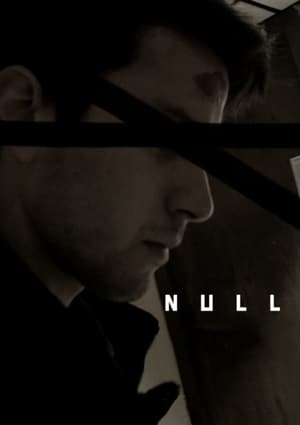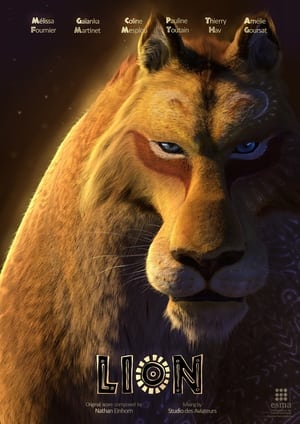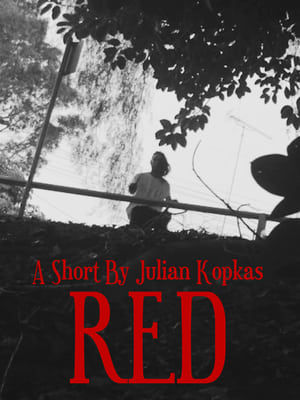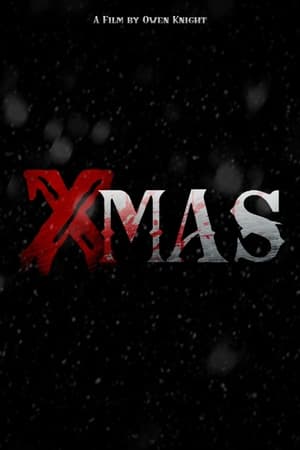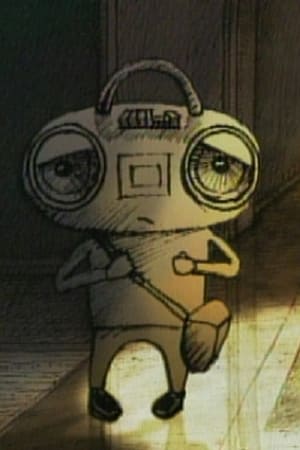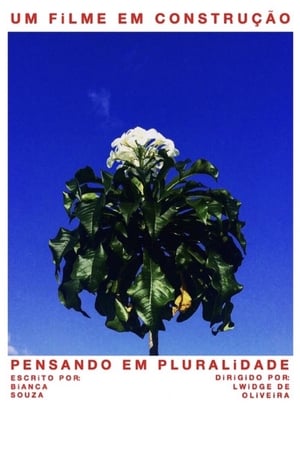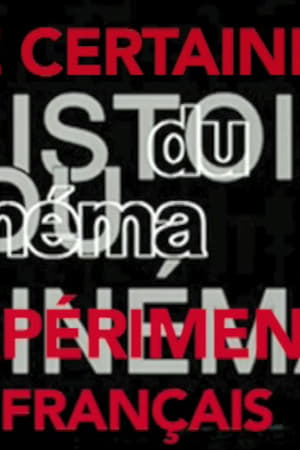
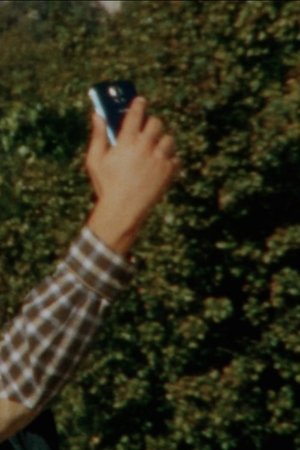
Cellular Immune Response(2018)
On Inauguration Day 2017, the filmmaker spent all day in a Washington, DC, used bookstore, where he bought a stack of audiotape secret telephone recordings of marital infidelity from 1969. At the Women’s March, he recognized the cosmic resonance of the phone with all that was happening.
Movie: Cellular Immune Response

Cellular Immune Response
HomePage
Overview
On Inauguration Day 2017, the filmmaker spent all day in a Washington, DC, used bookstore, where he bought a stack of audiotape secret telephone recordings of marital infidelity from 1969. At the Women’s March, he recognized the cosmic resonance of the phone with all that was happening.
Release Date
2018-10-10
Average
6.5
Rating:
3.3 startsTagline
Genres
Languages:
Recommendations Movies
Bitter Strength: Sadistic Response Version(en)
An amazing experimental S/M pixel scene
 7.3
7.3Nullarbor(en)
An animated road-movie set across the vast and barren landscape of Australia's Nullarbor Plain.
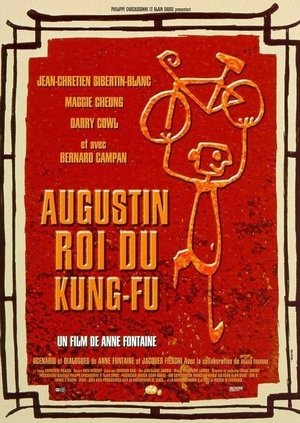 7.3
7.3Augustin, King of Kung-Fu(fr)
The solitary and largely self-contained Augustin (Jean-Chretien Sibertin Blanc), on obscure young actor of bit-parts and advertisements, has but one ambition - to play the lead role in a Kung Fu epic. But hours of Kung Fu practice alone in his room are not enough. Augustin knows he must pack up and start a new life in China... or at least that part of China within bicycling distance: Chinatown in south-east Paris. There he meets Ling (Maggie Cheung), a young Chinese woman who practices ocupuncture, and little by little, Ling's needles awaken emotions in Augustin that his virginal body had never dreamed of. Where will this lead him? To Kung Fu stardom, maybe not, but to another destiny, a quirky but logical continuation of the same dream.
John(en)
John tells the story of a young male, a psychiatric hospital patient who witnesses the death of another Black male patient at the hands of white staff. Blurring the boundaries between fact and fiction, this work draws from real life cases of mentally ill Black men who have died as a result of excessive force of the State.
 6.5
6.5Lost for Words(en)
The year's most beautiful natural experience on the big screen is also a poetic film about the power of language to re-enchant the world around us. Based on Robert MacFarlane and Jackie Morris' bestseller.
 6.9
6.9Home(en)
The ostensibly calm and courteous Gerald Ballantyne lives in and embodies modern suburbia. But he is haunted by the memory of a recent car crash and hounded by his estranged wife and her demands for divorce. Slowly, a festering insanity takes over and unwilling to face the outside world he embarks on a lunatic experiment. Confining himself to his middle-class home, he eschews contact with others and survives entirely off 'food' which he can find in his house. Based on JG Ballard's The Enormous Space.
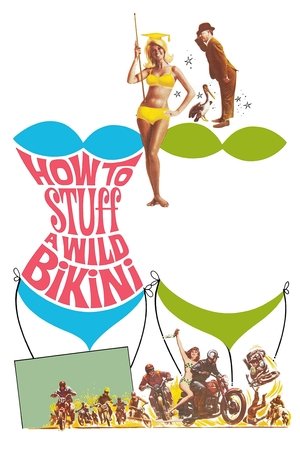 5.3
5.3How to Stuff a Wild Bikini(en)
When he's stationed in Tahiti, a sailor hires a witch doctor to keep an eye on his girlfriend.
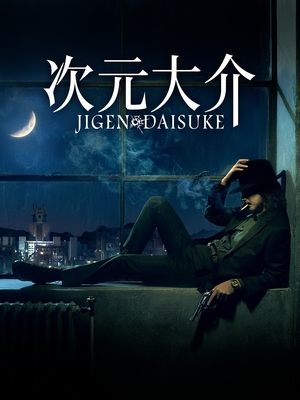 6.8
6.8Jigen Daisuke(ja)
Feeling unhappy with his gun, Jigen is looking for the world’s best gunsmith. He finally finds out that Chiharu, who runs a watch shop, is the person he’s been seeking. Then, Jigen meets Oto, who comes to Chiharu’s shop looking for a gun. Jigen finds out about Oto's secrets and the mysterious organization that’s after her. After Oto is kidnapped, Jigen gets into a desperate battle to save her.
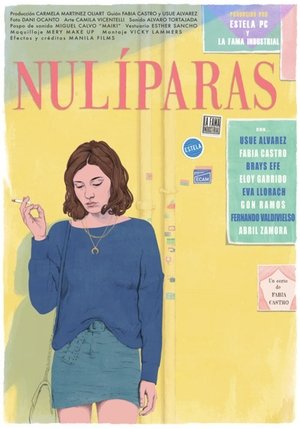 6.8
6.8Nulliparous Women(es)
In a pub in Madrid's downtown, a group of workmates meets to celebrate a birthday party. There, the singular characters share their opinions about education, maternity and other matters about life. In the middle of that, Lucía tries to behave normal, but in her head, there is only one thing: She may be pregnant and if it's confirmed, she would be forced to face one of the most difficult decisions: became a mother or not. A story about maternity, friendship, and identity.
The Shakespeare Sessions(en)
Major film and television stars re-enact famous scenes from the plays of William Shakespeare .
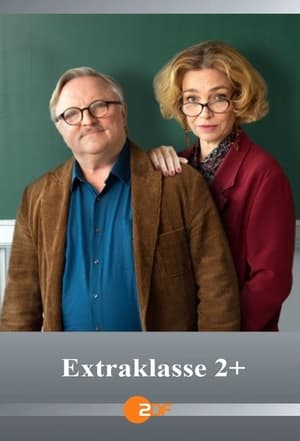 3.5
3.5Extraklasse 2+(de)
Together with his students, Ralph is faced with an unpleasant task: The evening school is moving to an innovative educational center. Ralph thinks this is a bad joke.
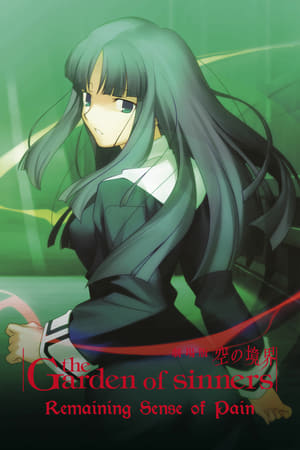 7.0
7.0The Garden of Sinners: Remaining Sense of Pain(ja)
July 1998 - After a group of delinquents is found dead in their hangout place with all their limbs twisted and torn off, Aozaki Touko receives a request to find the murderer and asks Shiki for help. The main suspect is Asagami Fujino; a girl who was the boys' plaything until recently, who Shiki believes to be "one of her kind".
Jurassic Fight Club(en)
Jurassic Fight Club, a paleontology-based miniseries that ran for 12 episodes, depicts how prehistoric beasts hunted their prey, dissecting these battles and uncovering a predatory world far more calculated and complex than originally thought. It was hosted by George Blasing, a self-taught paleontologist.
Hello(en)
Produced by WGBH-TV in Boston, THE MEDIUM IS THE MEDIUM is one of the earliest and most prescient examples of the collaboration between public television and the emerging field of video art in the U.S. WGBH commissioned artists – Allan Kaprow, Nam June Paik, Otto Piene, James Seawright, Thomas Tadlock, and Aldo Tambellini – to create original works for broadcast television. Their works explored the parameters of the new medium, from image processing and interactivity to video dance and sculpture.
Similar Movies
 5.2
5.2Todo Todo Teros(en)
Basically an artist is also a terrorist, the protagonist thinks in an unguarded moment. And if he is a terrorist after all, then he might just as well be one. Not an instant product, but an experimental feature in which diary material is brought together to form an intriguing puzzle.
 5.7
5.7Chinese Ping-Pong(en)
An experimental sports film made partly during the Scandinavian Open Championships in Halmstad in 1970, partly during the Chinese players' exhibition tour in Denmark immediately after the SOC. First of all, it is a film about their style, about the artistic culmination that is ping-pong at its best, it records China's comeback into the international sports world.
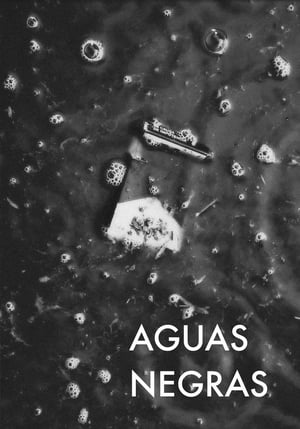 0.0
0.0Black Waters(es)
“Aguas Negras” is an experimental documentary about the Cuautitlán River. The film examines the passage of time and the pollution of the river by focusing on conversations with multiple generations of women in the filmmaker's family that have grown up by the river in a municipality identified as having the highest perception of insecurity in the State of Mexico.
 7.8
7.8Man with a Movie Camera(ru)
A cameraman wanders around with a camera slung over his shoulder, documenting urban life with dazzling inventiveness.
 0.0
0.0Spirit House(en)
A tale of 2 passages within the Spirit house. This is the first in a series that looks at the places we find our spiritual presence augmented, inflamed, or simply acknowledged.
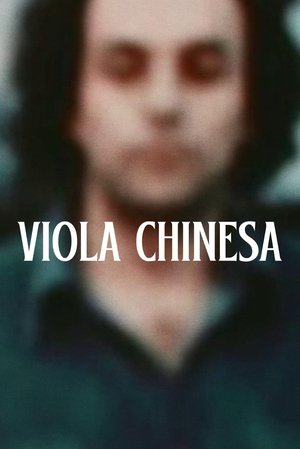 5.7
5.7Chinese Viola(pt)
The rare short film presents a curious dialogue between filmmaker Julio Bressane and actor Grande Otelo, where, in a mixture of decorated and improvised text, we discover a little manifesto to the Brazilian experimental cinema. Also called "Belair's last film," Chinese Viola reveals the first partnership between photographer Walter Carvalho and Bressane.
 7.0
7.0The Bomb(en)
Filmmakers use archival footage and animation to explore the culture surrounding nuclear weapons, the fascination they inspire and the perverse appeal they still exert.
 0.0
0.0OLO, the Boy from Tibet(ja)
A 6-year-old Tibetan boy leaves his family and flees to a refugee camp in northern India.
 5.8
5.86-18-67(en)
6-18-67 is a short quasi-documentary film by George Lucas regarding the making of the Columbia film “Mackenna's Gold”. This non-story, non-character visual tone poem is made up of nature imagery, time-lapse photography, and the subtle sounds of the Arizona desert.
 6.4
6.4Decasia: The State of Decay(en)
A meditation on the human quest to transcend physicality, constructed from decaying archival footage and set to an original symphonic score.
 6.4
6.4Atlantis(en)
A documentary portrait of Utopia, loosely framed by Plato’s invocation of the lost continent of Atlantis in 360 BC and its re-resurrection via a 1970s science fiction pulp novel.
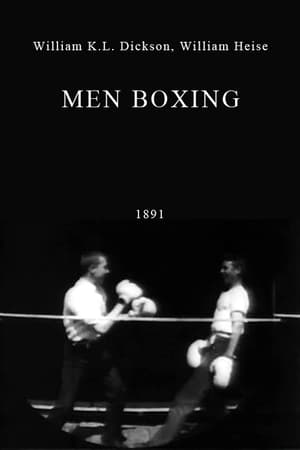 4.1
4.1Men Boxing(xx)
Experimental film fragment made with the Edison-Dickson-Heise experimental horizontal-feed kinetograph camera and viewer, using 3/4-inch wide film.
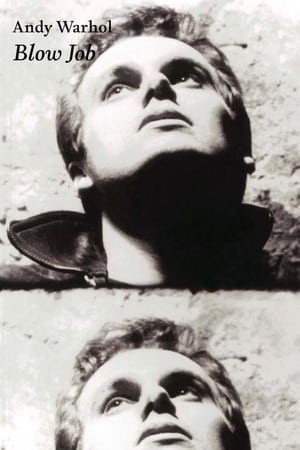 4.3
4.3Blow Job(en)
Andy Warhol directs a single 35-minute shot of a man's face to capture his facial expressions as he receives the sexual act depicted in the title.
 4.2
4.2Song 5(en)
SONG 5: A childbirth song (the Songs are a cycle of silent color 8mm films by the American experimental filmmaker Stan Brakhage produced from 1964 to 1969).
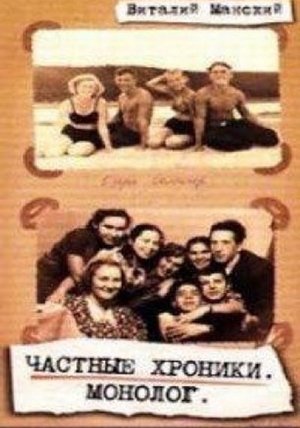 0.0
0.0Private Chronicles: Monologue(ru)
The collective life of the generation born as Jurij Gagarin became the first man in space. Vitaly Mansky has woven together a fictional biography – taken from over 5.000 hours of film material, and 20.000 still pictures made for home use. A moving document of the fictional, but nonetheless true life of the generation who grew up in this time of huge change and upheaval.
 0.0
0.0Thirteen Ways of Looking at a Blackbird(pt)
Taking its title from the poem by Wallace Stevens, the film is composed of a series of attempts at looking and being looked at. Beginning as a city state commission under the name and attitude of “Unschool”, the film became a kaleidoscope of the experiences, questions and wonders of a couple of high school students after a year of experiences with filmmaker Ana Vaz questioning what cinema can be. Here, the camera becomes an instrument of inquiry, a pencil, a song.
Clouds(en)
Clouds 1969 by the British filmmaker Peter Gidal is a film comprised of ten minutes of looped footage of the sky, shot with a handheld camera using a zoom to achieve close-up images. Aside from the amorphous shapes of the clouds, the only forms to appear in the film are an aeroplane flying overhead and the side of a building, and these only as fleeting glimpses. The formless image of the sky and the repetition of the footage on a loop prevent any clear narrative development within the film. The minimal soundtrack consists of a sustained oscillating sine wave, consistently audible throughout the film without progression or climax. The work is shown as a projection and was not produced in an edition. The subject of the film can be said to be the material qualities of film itself: the grain, the light, the shadow and inconsistencies in the print.
